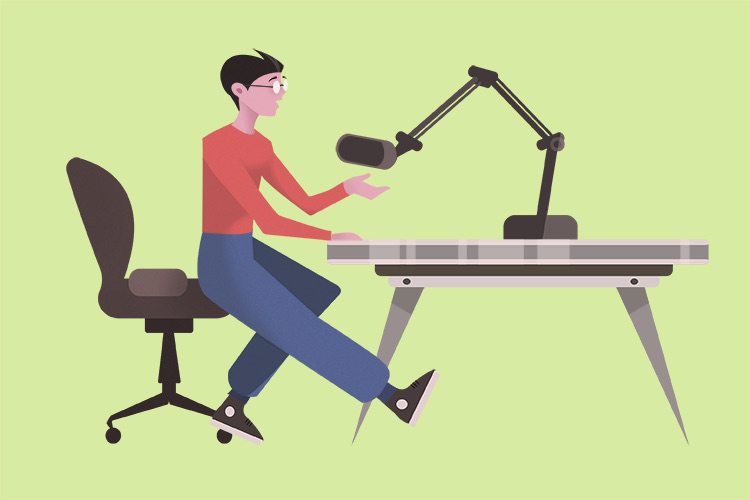Quantum Cascade Laser
Physicist Federico Capasso on semiconductor materials, industrial process control, and beam engineering

In September European Journal of Cardio-Thoracic Surgery published an article called “Tridimensional titanium-printed custom-made prosthesis for sternocostal reconstruction”. We asked one of the authors, Dr José Aranda from Salamanca University Hospital, to comment on this study.
We performed an extensive sternocostal resection on a 54-year old male affected by an 8 × 8 cm painful right parasternal mass, suggesting primary sternal chondrosarcoma based on computed tomography (CT) findings.
Post-resectional reconstruction was planned by means of a tridimensional custom-made titanium-printed  prosthesis. CT scan high-resolution data were used to create a 3D surface render of the chest wall and tumour on which desired resection margins were confirmed. Thus, the implant was designed as a rigid sternal core with titanium rods as neo-ribs ended in an attachment clamp with a rough inner surface where costal stumps were further locked by a titanium bolt. Besides this, a resection template to allow precise intraoperative setting of resection margins was 3D designed and printed from a biocompatible material.
prosthesis. CT scan high-resolution data were used to create a 3D surface render of the chest wall and tumour on which desired resection margins were confirmed. Thus, the implant was designed as a rigid sternal core with titanium rods as neo-ribs ended in an attachment clamp with a rough inner surface where costal stumps were further locked by a titanium bolt. Besides this, a resection template to allow precise intraoperative setting of resection margins was 3D designed and printed from a biocompatible material.
Resection of the skin, pectoral muscles and sternal body plus bilateral 2nd to 5th costal arches was performed, all this surface covered with the 3D prosthesis and a soft tissue flap. Postoperative course was uneventful apart from minor complications. The patient was discharged home showing a stable reconstruction, with preservation of thoracic morphology, good respiratory mechanics and excellent cosmetic results.
After extensive chest wall resection, skeletal reconstruction is recommended for protective and cosmetic reasons and to stabilize the chest wall. Nowadays there are plenty of reconstructive techniques, from simple plain meshes through more biological approaches (e.g. cadaveric grafts) to the widely accepted titanium bars and plates. However, many of these implants still present problems such as impairment of respiratory mechanics, device migration / dislocation secondary to rib stump tearing or inaccuracy in resection margin setting.
3D computer-assisted design eliminates the need to shape, cut or contour the implant in theatre with perfect anatomical fitting and an almost infinite variety of designs. Our prosthesis incorporates a new rib-fixation system that minimizes the risk for migration or dislocation. Finally, the intraoperative use of the rigid custom-made template allowed objective and precise setting of resection margins for a perfect implant fitting, thus resulting in a stable reconstruction with preservation of thoracic morphology and excellent cosmetic results
We must admit that the use of these prosthesis is nowadays highly restricted to patients in the need for extensive sternal resection where more simple reconstruction techniques have been deemed inadequate. Besides this, functional and cosmetic short-term results seem to be excellent but a long-term follow-up is needed to gain reliable experience on its use and potential complications.
Thus, the first logical step will be to expand indications for these implant to gain further experience not only in direct clinical application but in other uses as,, for example generation of 3D printed models usable for surgical training or manufacturing of 3D printed matrixes on which cell cultures could be developed to generate a real biologic custom-made thoracic chest wall.

Physicist Federico Capasso on semiconductor materials, industrial process control, and beam engineering

Dams seem to contribute significantly to malaria risk in sub-Saharan Africa

Pharmacologist David Nichols on the psychedelics, hallucinogen persisting perceptual disorder, and therapeutic...